Valentine's Day: The most romantic displays of love throughout history
Whether it's musicians, actors or royalty - here are their stories of love.
Whether it's going to the cinema or building your partner a 240ft iconic tribute, we humans have declared how love in a multitude of ways.
With romance permeating the air this Valentine's Day, we decided to put your handwritten card to shame by showcasing some of history's overachievers and how they decided to show their love.
Joe DiMaggio and Marilyn Monroe
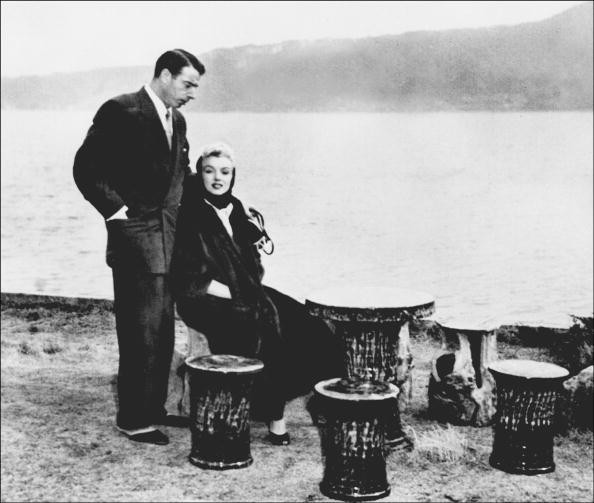
Joseph Paul DiMaggio, nicknamed "Joltin' Joe" and "The Yankee Clipper", was a well-known Italian-American baseball player for the New York Yankees for thirteen years. In 1954 he married the bombshell beauty Marilyn Monroe, but they divorced a year later.
Despite their relationship ending – she went on to marry Arthur Miller – DiMaggio is thought to have always been in love with her. After her death in 1962, he arranged for a flower shop to place long-stemmed roses on her grave three times a week for the next twenty years, the New York Timesreported. What's more, he never married again.
Pyotr Ilyich Tchaikovsky and Vladimir Davydov
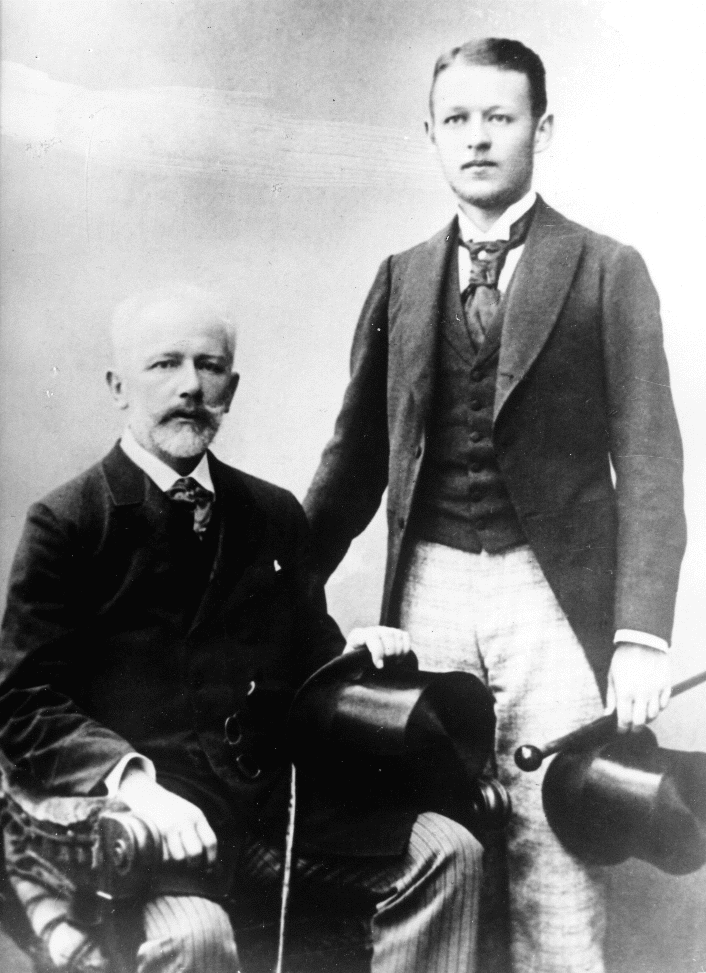
Pyotr Ilyich Tchaikovsky was a Russian composer of the romantic period whose works – including The Nutcracker, Swan Lake and The Seasons – are some of the most famous classical compositions of all time.
Whilst his sexuality is a source of debate amongst historians, what is well-documented is his deep love for Vladimir (Bob) Davydov – his 30 year-younger nephew. The pair sent numerous letters to one another, one of which was addressed to Davydov and said: "I often think of you and see you in my dreams, usually looking sad and depressed. This has added a feeling of compassion to my love for you and makes me love you even more. Oh God! How I want to see you this very minute."
Their relationship came to a tragic ending in 1893 when Davydov died of a mysterious illness. Nine days before his death, Tchaikovsky conducted the premiere of his sixth symphony, the Pathétique, and dedicated it to Davydov.
Edward VIII and Wallis Simpson
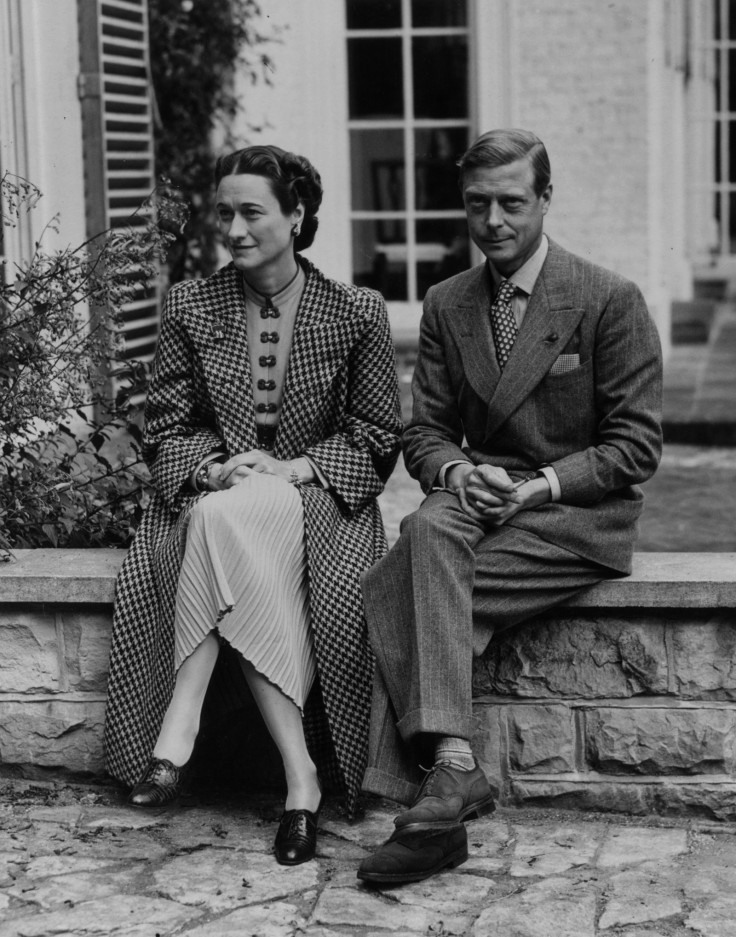
Edward VIII was the next in line to ruling the UK when he fell for the then-married, socialite Wallis Simpson. The British law did not allow for them to marry, which led to his family discouraging the relationship from continuing.
In an unprecedented move, the then King turned his back on the monarchy and his role by voluntarily abdicating the throne for her in 1936. The pair married six months later and lived abroad for the rest of their lives.
Shah Jahan and Mumtaz Mahal
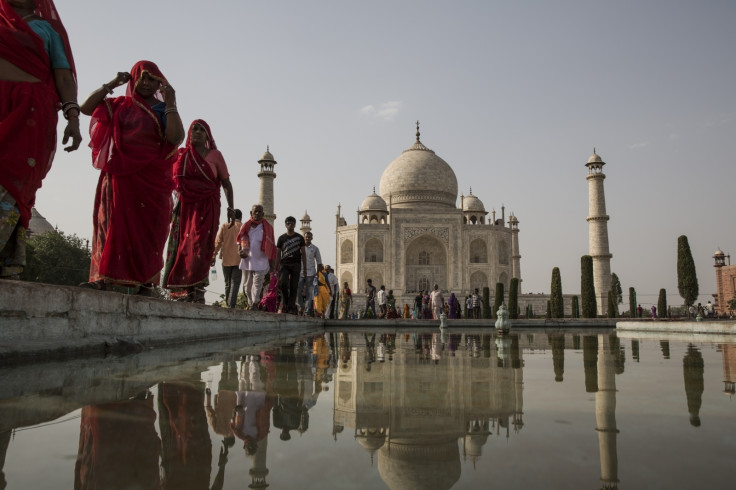
One of the seven wonders of the world, the Taj Mahal's history is one of love and grief. The Indian Mughal Emperor Shah Jahan fell in love with Mumtaz Mahal (as she was known after marriage) at the age of fourteen – she was the same age – and they married five years later in 1612.
She unexpectedly died giving birth to their 14th child in 1631, leaving Jahan in a state of grief. In a tribute to her, he ordered the building to be made the same year. It took 22 years to become the iconic Taj Mahal we know today.
It really was a labour of love with 22,000 workers and 1,000 elephants put to work to create it. When he died in 1666, Shah Jahan was buried alongside his beloved wife in the Taj's white marble tomb.
Richard and Mildred Loving
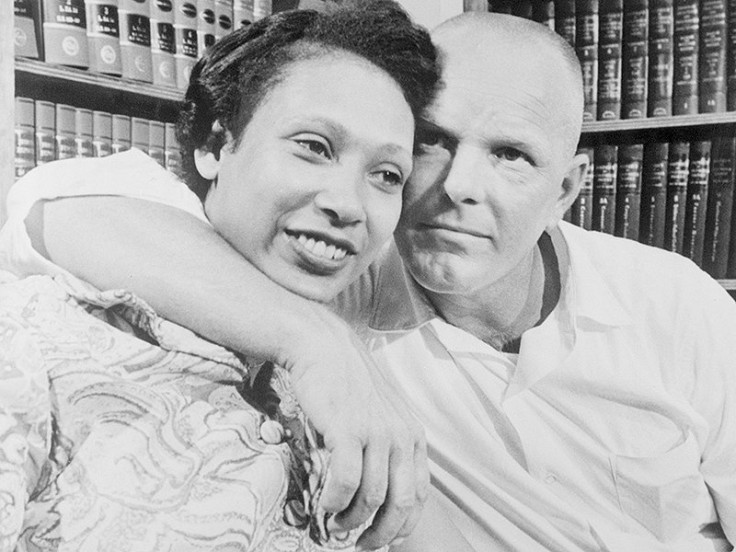
In 1958, five weeks after they were married, the pair's home was raided by law enforcement. The Lovings had been married in Washington DC but back in their home of Virginia – as one of 24 states that barred marriages between races – they both spent nights in jail and pleaded guilty to breaking the Virginia law, the Racial Integrity Act, for their union, The New York Times reported.
Under a plea bargain, their one-year sentence was reduced under the condition they never return as a pair to Virginia. After moving to Washington, they had three children but were separated from their family and friends.
In 1963, Mrs Loving decided to do something and wrote to Attorney General Robert F. Kennedy. He referred her to the American Civil Liberties Union who then took on their case. After a series of complications due to the fact the pair had already pleaded guilty, the case got taken to the Supreme Court.
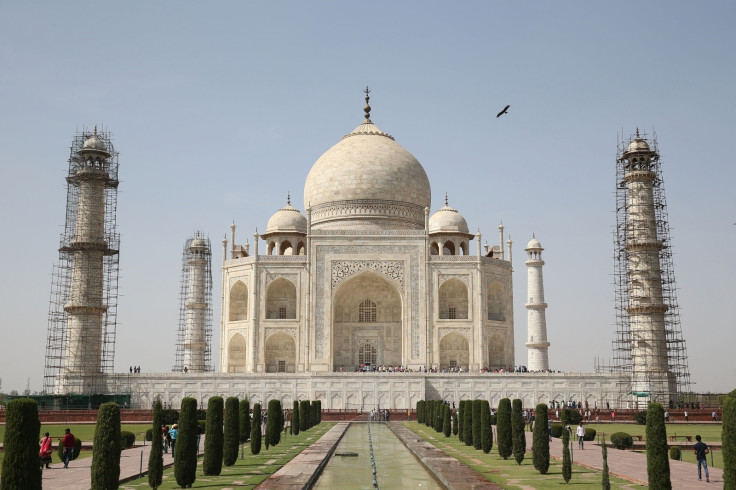
In 1967, the United States Supreme Court unanimously agreed to invalidate laws prohibiting interracial marriage and Mr Loving's words "Tell the Court I love my wife and it is just not fair that I cannot live with her in Virginia" have been remembered since. Their story has since been a cornerstone for the Civil Rights movement and a truly incredible tale of two people's freedom to love. Their story inspired the 2016 film Loving.
So this Valentine's Day maybe ditch the Marks and Spencer's Dine in for Two and go build a skyscraper for your partner instead.






















